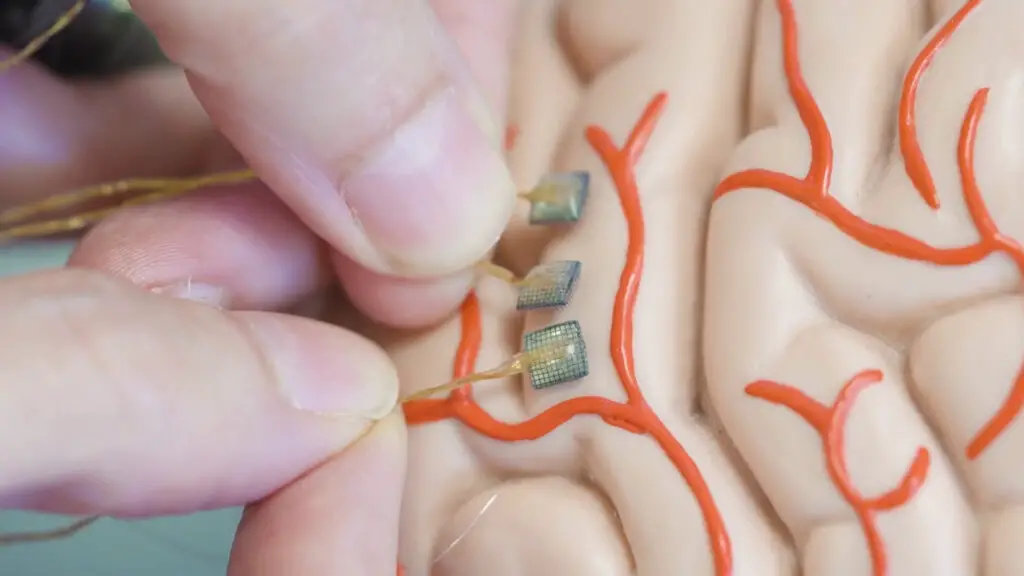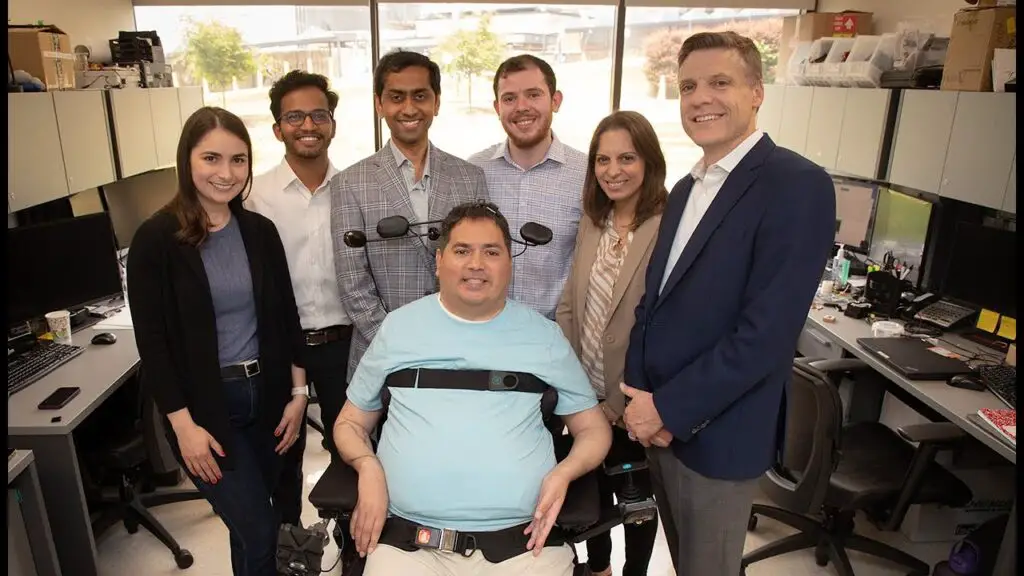Here at Digital Tech Explorer, we’re always on the lookout for groundbreaking tech that promises to reshape lives. While many **neural interfaces** tread into speculative waters, a significant portion of **brain-computer interface (BCI)** projects are now yielding genuine medical advancements. A compelling example comes from researchers at Feinstein Institutes for Medical Research in Manhasset, New York. They have developed a pioneering BCI capable of enabling patients to not only move **paralysed limbs** but, remarkably, to regain sensation in them. This work, highlighted by IEEE Spectrum, underscores the critical importance of sustained investment in medical research, particularly as debates around long-term funding often highlight the risks of being short-sighted.

The ‘Double Neural Bypass’ System Explained
The team at Feinstein Institutes, led by Chad Bouton, Vice President of Advanced Engineering, achieved this breakthrough using a system they call a “**double neural bypass**.” Their dedicated work on this technology dates back to at least 2015. An initial 2015 experiment involved a single “**neural bypass**,” where an array of electrodes was implanted directly into a patient’s **motor cortex**. This **implant** (often referred to as a **brain chip**) would monitor neural activity, and an **AI model** would translate these brain waves into the patient’s intended body movements. The more recent “**double neural bypass**” experiment significantly expands on this by opening an additional communication channel, allowing sensory data to be relayed back to the patient’s brain during movement. Contrary to what the term “double” might suggest, the patient in this research received five such **implants**, totaling 224 electrodes embedded in their grey matter, to facilitate this sophisticated two-way communication.

Case Study: Keith Thomas and the Implantation Process
Keith Thomas, whose life was profoundly changed by a diving accident that resulted in paralysis from the chest down, is the central figure in this inspiring study. Prior to this experiment, Mr. Thomas had minimal movement, capable of lifting his arm only about an inch from his wheelchair’s armrest. To restore both movement and sensation to his **paralysed limbs**, the research team implanted two **electrode arrays** into his **motor cortex**, the brain region governing voluntary movement. Additionally, three similar **chips** were implanted into his **somatosensory cortex**, the brain area responsible for processing touch. A sophisticated **AI model** interprets Mr. Thomas’s brain signals, which then trigger stimulation of other **electrode arrays** strategically implanted in his neck and arm. These arrays modulate his spinal cord and forearm muscles, respectively, thereby enabling movement.
Restored Movement, Sensation, and Abilities
Throughout the experiment, Keith Thomas has experienced a significant rebuilding of strength in his arm, achieving newfound independence. He is now able to perform actions such as reaching up to touch his face and drinking from a cup without assistance. A crucial aspect of this advancement is the restoration of sensation. The stimulation of the **somatosensory cortex** allows Mr. Thomas to *feel* what he touches. This restored sense of touch is vital, enabling him to better modulate his grip strength—reportedly allowing him to handle delicate objects like an empty eggshell without breaking it.

Lasting Effects and the Role of Neuroplasticity
Perhaps one of the most exciting and hopeful outcomes is that Keith Thomas can now perceive some sensation in his arm even when he is not connected to the “**double neural bypass**” system. The researchers are still investigating the precise reasons for this, but they theorize that **neuroplasticity**—the brain’s remarkable ability to reorganize itself by forming new neural connections—may have enabled Mr. Thomas’s brain to ‘relearn’ how to interpret sensory information. Research team leader Chad Bouton stated, “It is known from animal experiments [that] **electrical stimulation** can promote neuronal growth, but here it is unclear whether it’s more about strengthening spared connections at the **spinal cord injury** site. Right now, we just know the results are significant and leading to functional and meaningful outcomes.”
Advancements in BCI: From Motion to Sensation
For many years, researchers in the field of **brain-computer interfaces (BCIs)** have successfully restored motion to **paralysed limbs**, as noted in reports like one from the Financial Times. An early **neural bypass** experiment, for instance, enabled a young man to regain such a remarkable range of motion that he could play the game Guitar Hero again. However, these earlier experiments primarily focused on restoring movement, essentially creating a one-way street of communication from brain to limb. The significant advancement with the “**double neural bypass**” system is its ability to also restore sensation, marking a pivotal step forward by creating a two-way feedback loop in **BCI** technology.
This innovation is a powerful testament to **AI** being utilized as a genuinely **assistive technology**. It joins other promising research, such as Meta’s exploration into AI neural interfaces for communication, which has shown the potential for **AI** to help those with speech difficulties. With continued scientific progress, the concept of a **brain chip** or advanced **neural interface** may become increasingly integrated into medical solutions.
At Digital Tech Explorer, we believe tracking such advancements is vital for developers and tech enthusiasts alike. This evolving field merges cutting-edge hardware, sophisticated AI applications, and intricate machine learning models—all key areas we are passionate about. To stay informed on trends like these and explore how technology is reshaping our world, we invite you to browse our latest articles and in-depth analyses. What are your thoughts on the future of BCIs and their potential impact? Share your insights with the Digital Tech Explorer community in the comments below!
All content on Digital Tech Explorer is for informational and entertainment purposes only. We do not provide financial or legal advice. Some of the links on Digital Tech Explorer may be affiliate links. This means we may earn a commission if you click through and make a purchase, at no additional cost to you. Our recommendations are based on thorough research and personal experience. For more information, visit Digital Tech Explorer.

